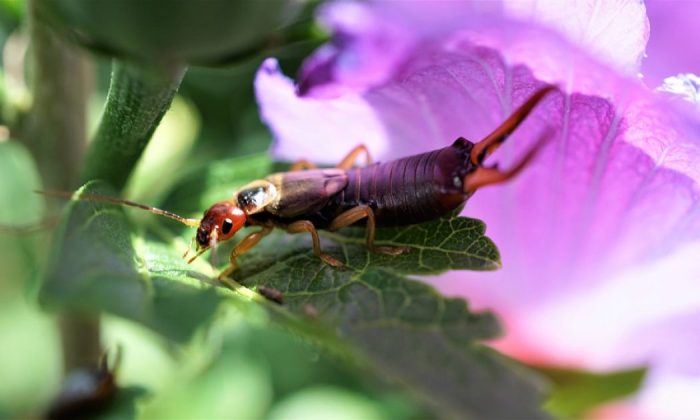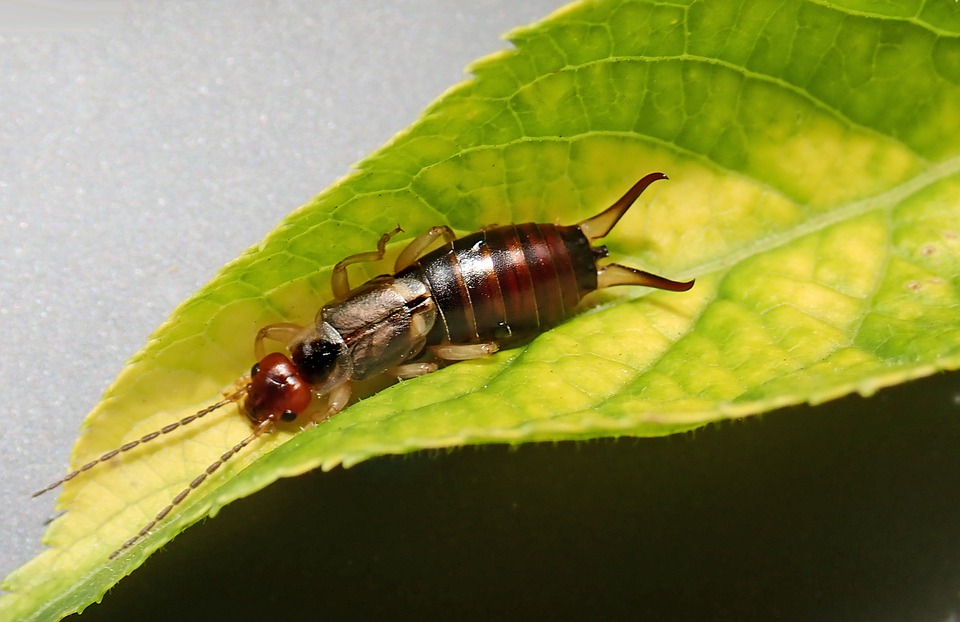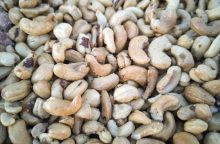Read this and you will never harm an earwig

There are many representatives of the animal kingdom we do not like or even despise and earwigs are definitely in this category. In Central Europe you will mainly find the common earwig (Forficula auricularia). Now however, try to put aside all the myths and you may learn that an earwig is actually an exceptional creature.
In addition to the common earwig, you may see quite often the small earwig(Labia minor) or the impressiveriparian earwig(Labidura riparia). These creatures mainly live in sands and can grow up to 25 mm in size. If you one of those people who believe that earwig can actually sting you, then you are right, but only the big species can do that. The small ones cannot. And what about the widely accepted myth that an earwig can crawl inside your ear and break your eardrum? Not true at all. You definitely don’t have to worry about that.
Do you think kids are pain?
Female earwigs’ behaviour is fascinating, especially during the breeding season. If you think that human mothers sacrifice a lot when carrying for children, then you should take a good look at earwig mothers.They literally worship their young every day. It starts when the female lays about 50 creamy white eggs at a suitable place, and the torture begins.
For a period of five to six weeks, the mother constantly turns, licks and cleans them.The mother does that because eggs are very susceptible to attack by fungi and bacteria and the female really does it non-stop – no food or sleep. Despite this meticulous care not all eggs survive. Some of them turn brown and the mother must take them away.
Caring for children continues for at least another ten days.The mother feeds them and protects them from predators.Small earwigs need time to shed their skins. They have to go through a total of four larval stages. They begin to look like adults after the second larval stage.
Photo: Pixabay
Around the same time, the young start to explore and travel, but they usually return back to their mother. You can see large earwig families hanging together until autumn. After that, they start searching for winter shelters and they separate. This is an interesting fact, because otherwise earwigs are pretty much solitary animals.
Earwigs can be a disaster for orchards
These interesting creatures usually feed on rotting plant remains or bodies of dead animals. However, they also can climb into treetops and feast on ripening sweet fruits or flowers and if they multiply too much right in your orchard, it could be a real disaster for your fruit trees.
However, earwigs usually do not cause much damage to your flowerbeds (e.g. lettuce).So, do not go on earwigs killing spree.Remember how much work their mothers must put in to bring up their young. You should at least feel sympathy for these little creatures and appreciate their dedication…
Flying earwigs
And one more interesting fact.The common earwig can fly but it does it very rarely.It has only one pair of wings as the other pair turns into small and solid shell called elytra. In order for wings to fit under the small shell, earwig has to fold them more than 40 times. So, it should be no surprise that earwig prefers to run fast rather than unfolding these laboriously folded wings.
Preview photo: Pixabay

Gardening is my hobby, I have a lot of experience and I am happy to share it.









0 comments